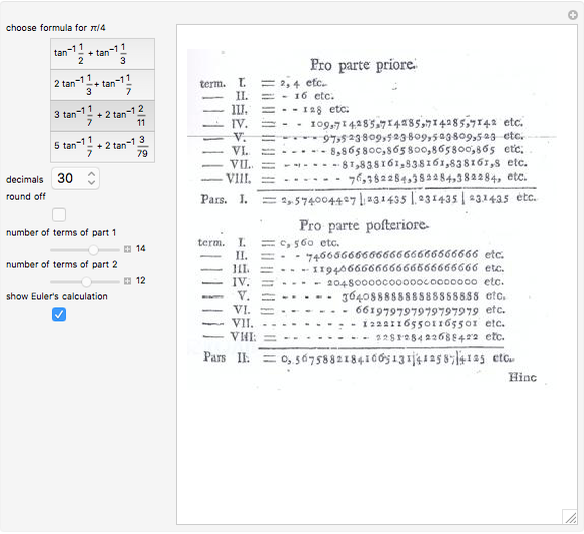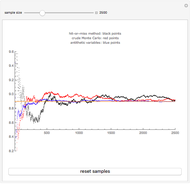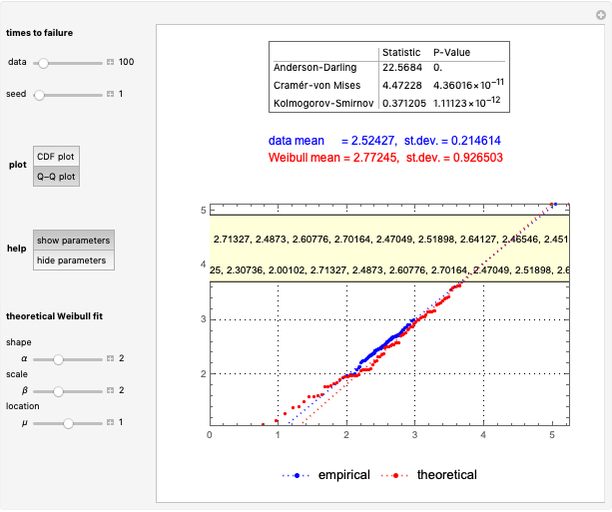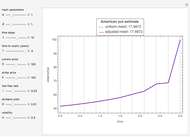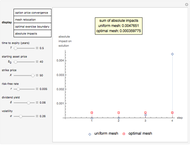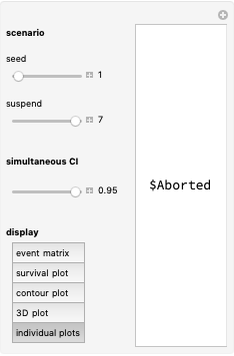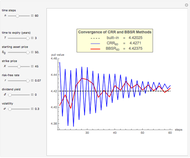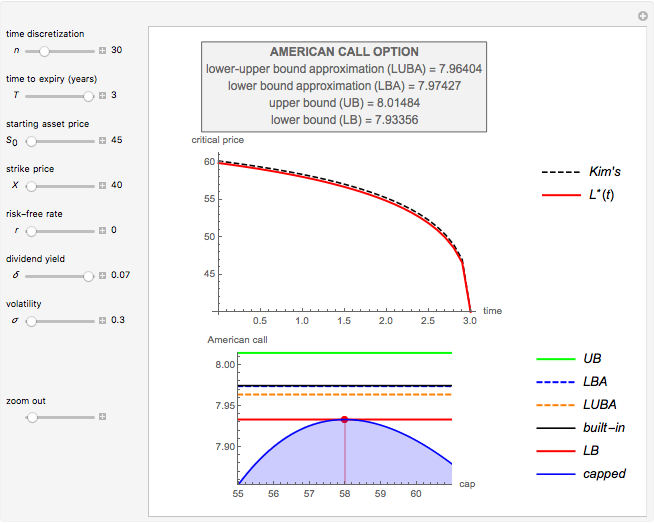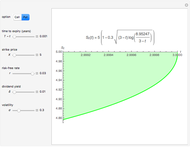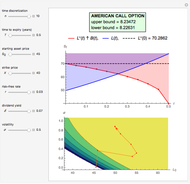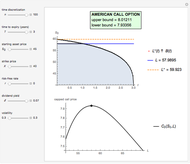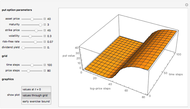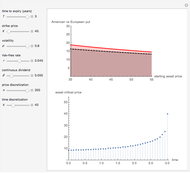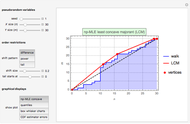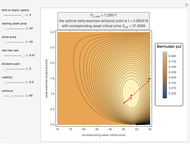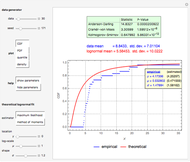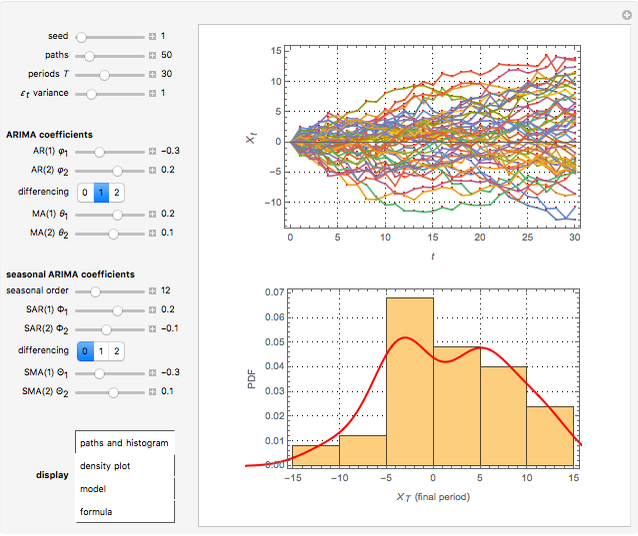Richardson Extrapolation Applied Twice to Accelerate the Convergence of an Estimate

Requires a Wolfram Notebook System
Interact on desktop, mobile and cloud with the free Wolfram Player or other Wolfram Language products.
This Demonstration shows Richardson extrapolation applied twice to accelerate the convergence of an estimate.
[more]
Contributed by: Michail Bozoudis (July 2014)
Suggested by: Michail Boutsikas
Open content licensed under CC BY-NC-SA
Snapshots
Details
Let  be an approximation of the exact value
be an approximation of the exact value  of the integral of
of the integral of  that depends on a positive step size
that depends on a positive step size  with an error formula of the form
with an error formula of the form
 ,
,
where the  are known constants. For step sizes
are known constants. For step sizes  and
and  ,
,


To apply Richardson extrapolation twice, multiply the last two equations by  and
and  , respectively, and then, by adding all equations, the two error terms of the lowest order disappear:
, respectively, and then, by adding all equations, the two error terms of the lowest order disappear:
 .
.
Notice that the approximations  and
and  require the same computational effort, yet the errors are
require the same computational effort, yet the errors are  and
and  , respectively.
, respectively.
Permanent Citation













